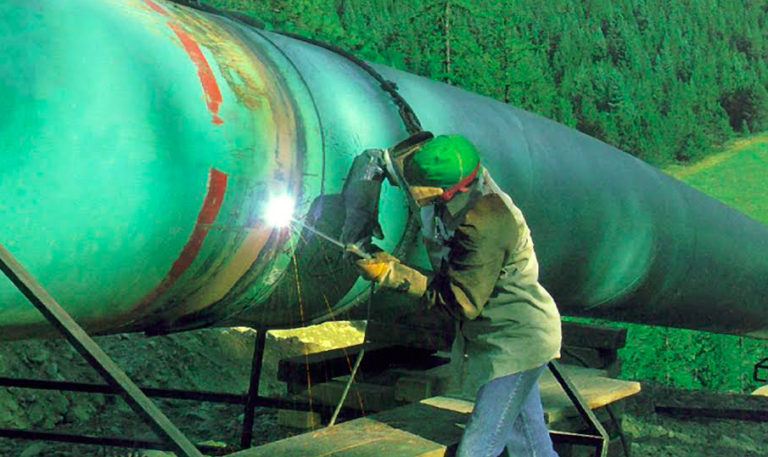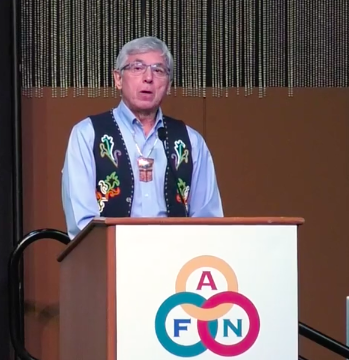By WIN GRUENING
SENIOR CONTRIBUTOR
If you were to judge our economic prospects by listening to most media reports and political commentary, you would conclude Alaska’s economy is in a death spiral with little hope of recovery. Yet, there are many signs just the opposite is occurring.
During a recent swing through SE Alaska, Sen. Dan Sullivan explained he is extremely optimistic about pending Congressional action on tax reform along with a number of other developments that will positively affect our state.
Sen. Sullivan feels strongly better days are ahead now that Congress is finally working on ways to revive our nation’s sluggish economy. Mired down in debates about immigration, healthcare and Russian influence in our election, Congress has paid scant attention to our economy.
GROWING ECONOMY: During the 8-year Obama presidency, the country never returned to the economic growth America experienced prior to the 2008 recession. Since 1929, U. S. GDP has averaged 5.8% and post -WWII has averaged 3.2%
Yet, GDP growth averaged less than 1.5% during Obama’s administration. Masked by a bull market on Wall Street, the country’s mediocre GDP growth has been dismissed by Obama defenders and the media by simply labelling it the “new normal.”
President Trump set an ambitious 3% growth target for 2017, to be achieved through a mix of tax cuts, deregulation and infrastructure spending. While this may prove to be optimistic for 2017, Alaska will benefit by progress in all these areas as will the rest of the country.
ANWR: During congressional debate on a tax reform package, the Senate Budget Committee tasked the Senate Energy and Natural Resources Committee, chaired by Sen. Lisa Murkowski, to find ways of generating an additional $1 billion in revenue.
Of special interest to Alaskans, this may result in the approval of drilling in the Arctic National Wildlife Refuge as a method of raising that revenue.
Since this provision would be decided under budget reconciliation rules, a simple majority of the Senate would be needed to approve it – not the 60 vote super-majority required to break a filibuster. Passage of this measure would allow responsible oil development in ANWR – long favored by most Alaskans.
MILITARY: Another issue benefitting Alaska is Congress’s efforts to further strengthen our military. With increased tension over North Korea’s nuclear ambitions and missile program, national security remains an important topic in Washington and much of the resulting military spending will occur in Alaska – the backbone of our nation’s strategic missile defense program.
The latest National Defense Authorization Act requires 20 new ground-based missile interceptors at Fort Greely near Fairbanks, additional F-35s at Eielson Air Force Base and construction of six new icebreakers to serve an Arctic increasingly seen as threatened by Russia’s buildup of nuclear-capable icebreakers.
ALASKANS IN CHARGE: Alaskans should also be particularly heartened by recent appointments at the Federal level directly impacting how (and if) Alaskans will be able to continue developing their natural resources.
In June, Chris Oliver was named assistant administrator for NOAA Fisheries. No stranger to Alaska, Oliver has worked at the North Pacific Fishery Management Council for 27 years – first as a fisheries biologist, later as deputy director, and finally as executive director.
Another important federal appointment recently announced was Drue Pearce, as Deputy Administrator for the Pipeline and Hazardous Materials Safety Administration. Pearce is a former Alaska legislator and State Senate President and has served in several federal positions where she oversaw efforts to advance the nation’s energy, environmental, and economic security.
Tara Sweeney was recently nominated as Assistant Secretary in the Department of Interior overseeing the Bureau of Indian Affairs (BIA). Originally from Utqiaġvik (Barrow), Sweeney has served Arctic Slope Regional Corporation for nearly 20 years in a variety of roles, most recently as executive vice president of external affairs. It would be the first presidential nomination and U.S. Senate-confirmed position for any Alaska Native woman in the history of the state.
President Trump has also announced the nomination of Joe Balash to be an Assistant Secretary of the Interior, Land and Mineral Management. Balash, a North Pole native, has been serving as Chief of Staff for Sen. Sullivan.
This position, when confirmed, would make Balash the primary manager of federal lands and waters – critical to Alaska since two-thirds of Alaska’s land is controlled by the federal government. A former Alaska DNR Commissioner, Balash has more than 19 years of experience in land and natural resource management.
Alaska’s dependence on oil revenues won’t be reduced dramatically anytime soon. With oil prices projected to hover in the $50/barrel range for the foreseeable future, reversing declining production remains paramount. This is the only way to stabilize Alaska’s pipeline revenues while we are working to diversify our economy in other ways.
These recent developments will help us do that and bode well for Alaska and our country.
Win Gruening retired as the senior vice president in charge of business banking for Key Bank in 2012. He was born and raised in Juneau and graduated from the U.S. Air Force Academy in 1970. He is active in community affairs as a 30-plus year member of Juneau Downtown Rotary Club and has been involved in various local and statewide organizations.











